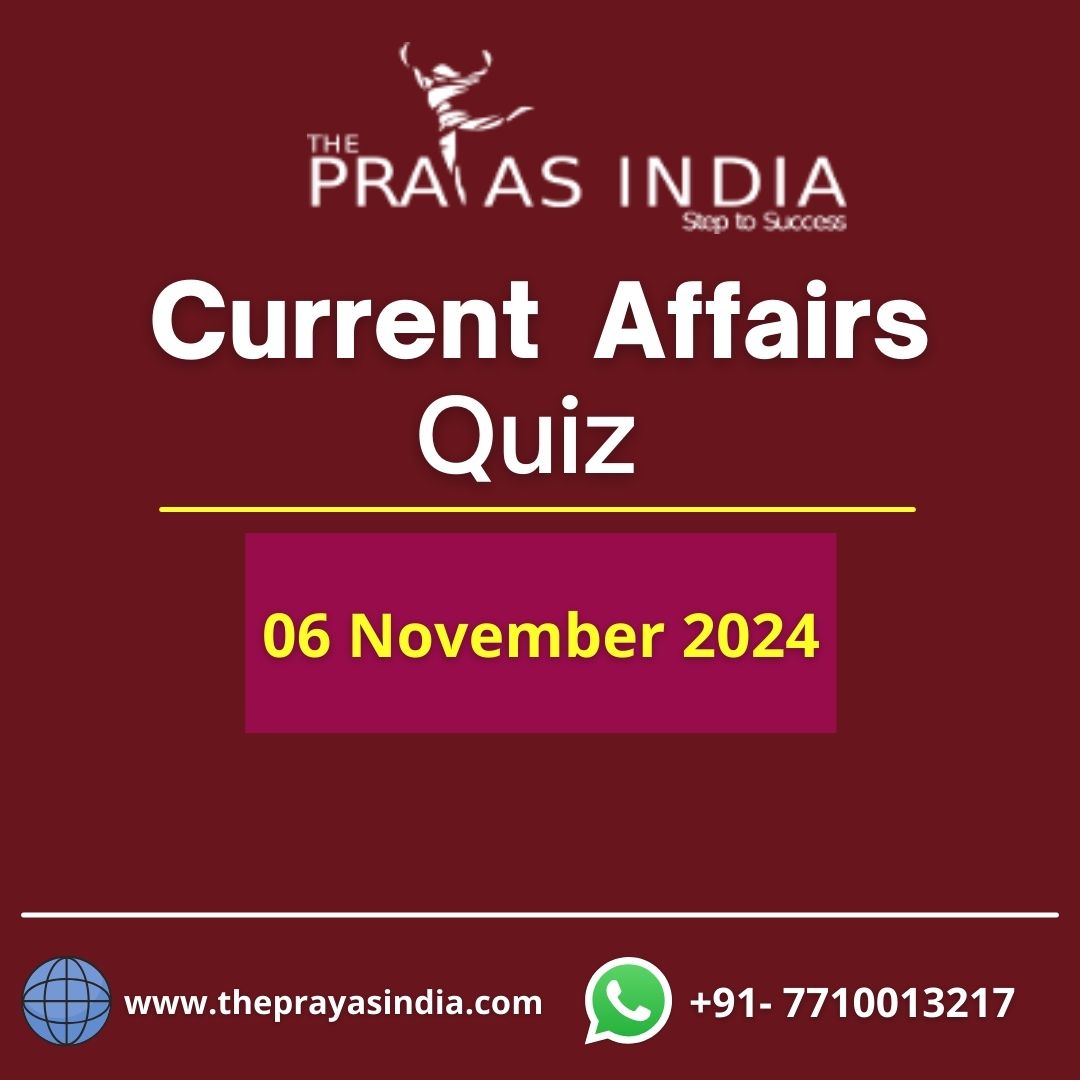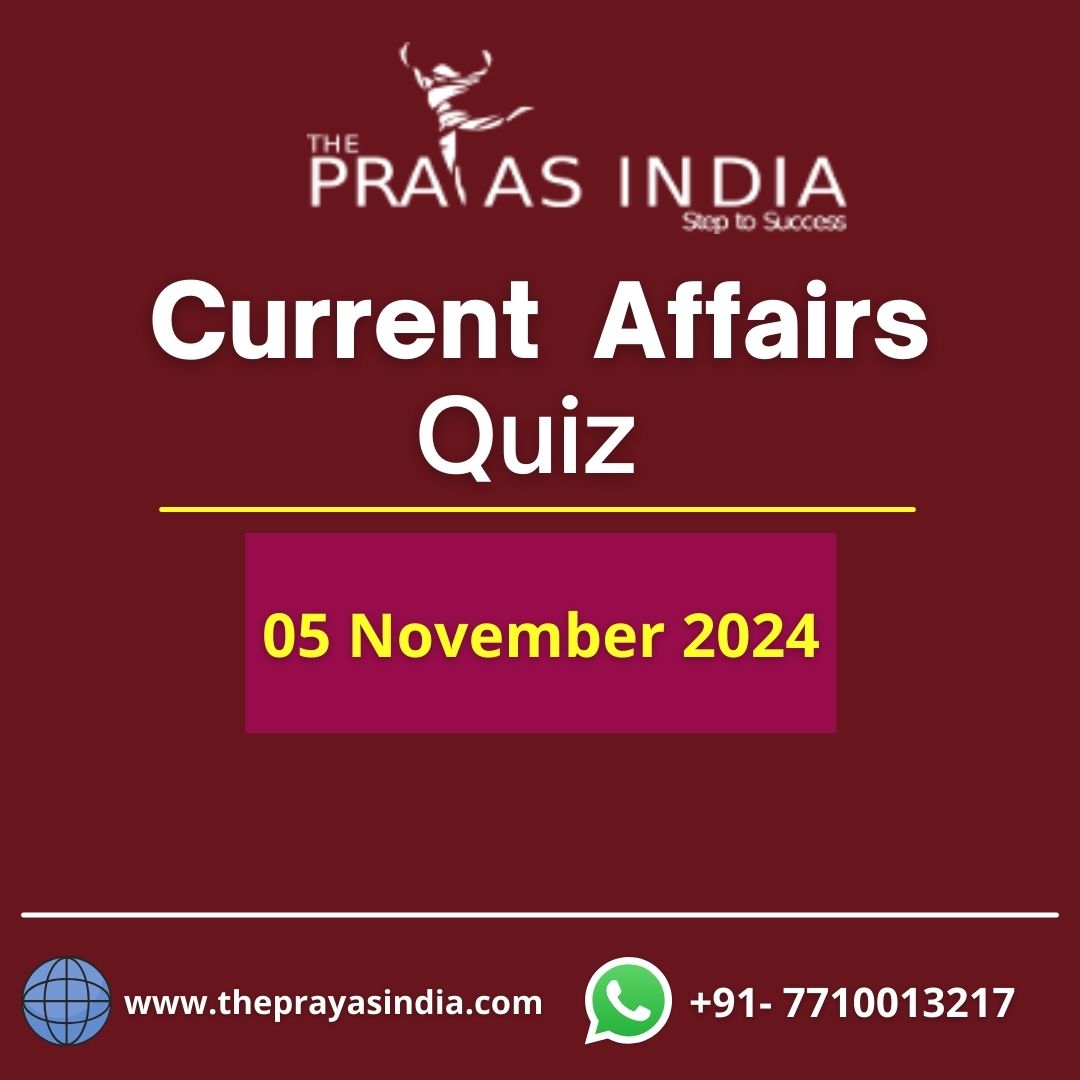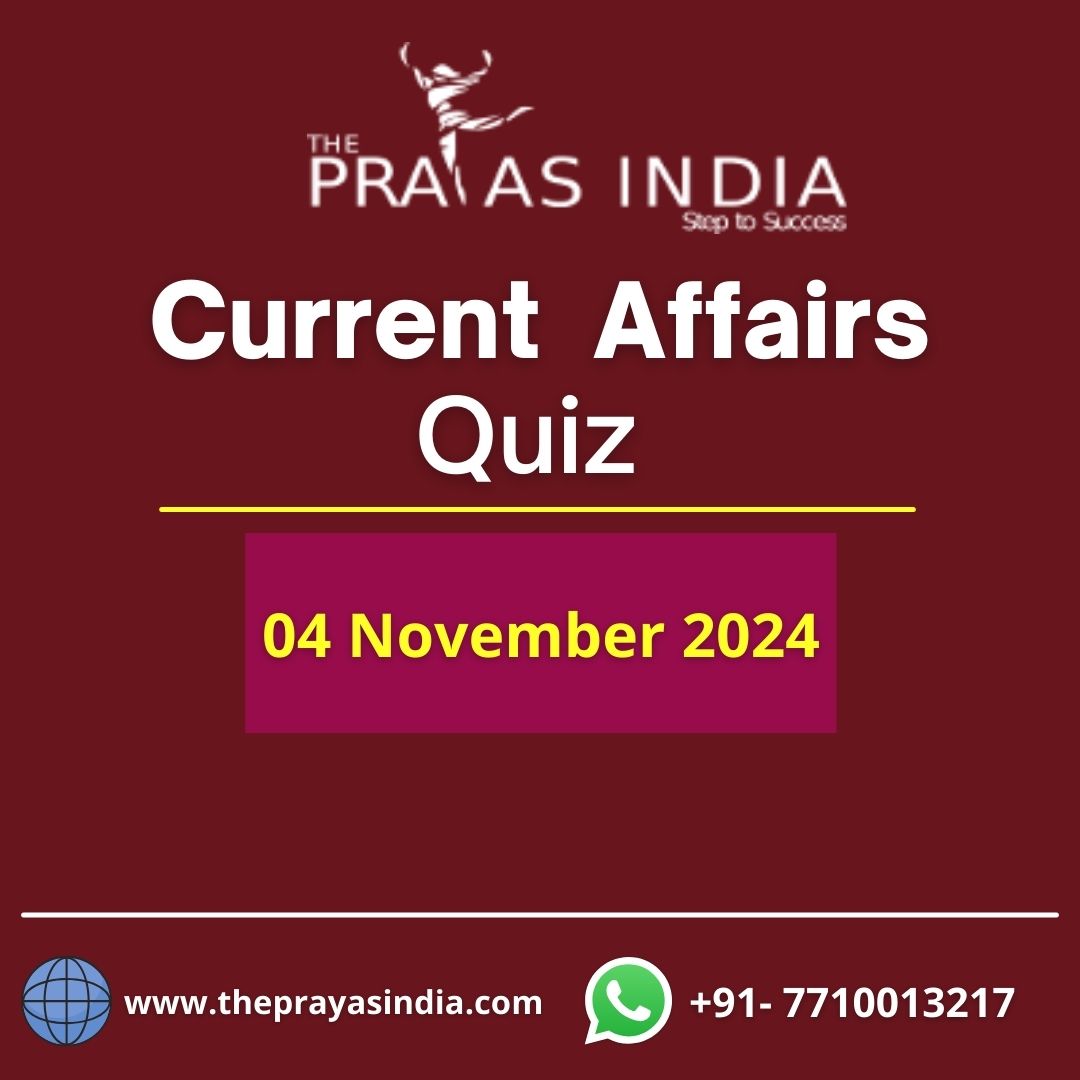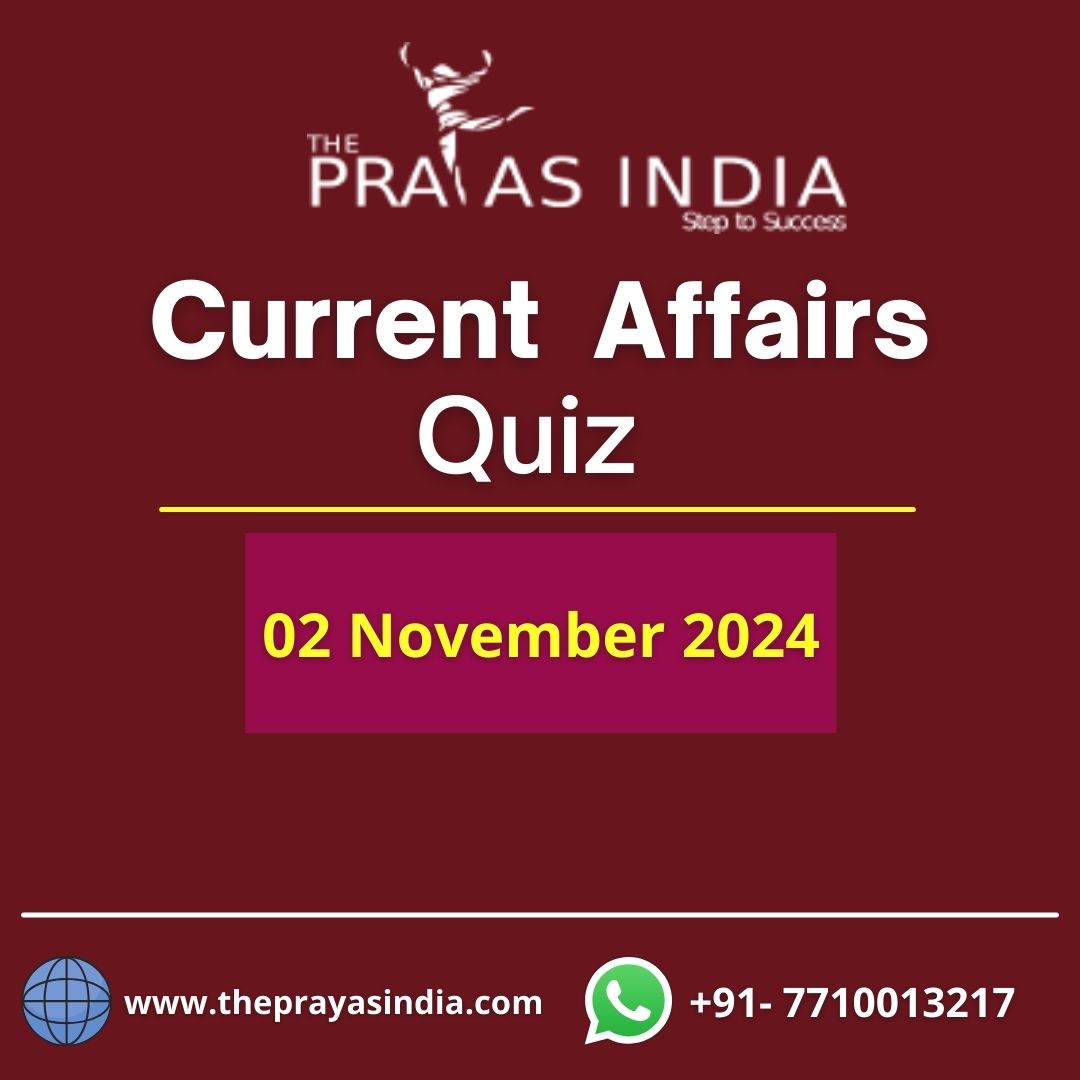Q1.Consider the following pairs of wetlands and their location
- Renuka Wetland : Himachal Pradesh
- Harike Wetland : Gujarat
- Wadhwana Wetland : Punjab
- Kabartal Wetland : Bihar
Which of the above pairs is/are correctly matched?
- 1, 2, 3
- 1, 3, 4
- 1, 4
- 1, 2, 3, 4
C – EXPLANATION
Wadhwana Wetland is an internationally important wetland situated in Gujarat.
Harike Wetland is located in Punjab
Q2. Consider the following statements regarding BioCNG:
- It is a purified form of biogas with a major content of butane and propane.
- It can be obtained from pure cellulosic biomass.
- Increased production of BioCNG in India will help reduce import dependency on petroleum products.
Which of the above statements is/are correct?
- 1, 3
- 3 only
- 2, 3
- 1, 2, 3
C – EXPLANATION
Bio-CNG is a purified form of biogas with over 95% pure methane gas. It is similar to natural gas in its composition (97% methane) and energy potential.
While natural gas is a fossil fuel, Bio-CNG is a renewable form of energy produced from agricultural and food-waste.
Bio-CNG is being looked at as an environment-friendly alternative to diesel. This Bio-CNG can be used to power automobiles with the same efficiency as fossil fuel CNG. Bio-CNG has a high calorific value and can be used in blast furnaces; also it can be converted into electricity.
Q3. The ocean has several micronutrients, minerals and trace metals like cadmium or copper. Trace metals are supplied to oceans via
- Continental shelf interaction
- Continental run-offs
- Atmospheric deposition
- Hydrothermal activities
Select the correct answer code:
- 1, 2, 3
- 1, 3, 4
- 2, 3, 4
- 1, 2, 3, 4
D – EXPLANATION
Trace metals like cadmium or copper are supplied to oceans via continental run-offs, atmospheric deposition, hydrothermal activities and continental shelf interaction. They are essential for ocean productivity.
Q4. Consider the following statements regarding Wet-bulb temperature.
- Wet-bulb temperature is used to measure both heat and humidity of a place.
- It represents the lowest temperature air can reach by evaporation of water.
- Generally a dry heatwave is more dangerous than a humid heatwave for human beings.
Which of the above statements is/are correct?
- 1, 2
- 1, 3
- 2, 3
- 1, 2, 3
A – EXPLANATION
When human beings feel hot, they cool themselves by sweating. However, if the humidity is too high, sweating no longer works and one risks dangerous overheating. In this case, “wet-bulb” temperature is used to measure both heat and humidity, helping estimate whether conditions are safe for humans or not.
Measured on a different scale compared with normal temperatures, where 35 degrees Celsius is the maximum or threshold limit, wet-bulb temperature of 32 degrees can mean that even fit, acclimatised people will not be able to work easily.
With climate change, the number of such potentially dangerous days, where high heat and humidity combine, are also increasing.
At present, most of India experiences 12 to 66 days annually of this potentially deadly heat and high humidity combination with hotspots along the east coast. A humid heatwave was a lot more dangerous compared with a dry heatwave. While the human skin has a temperature of around 35 degrees Celsius, a wet-bulb with the same heat means sweat can no longer be used to cool the body.
Wet-bulb temperature is measured by wrapping a wet cloth around the bulb of a thermometer. It represents the lowest temperature air can reach by evaporation of water. Internationally, the wet-bulb globe temperature is calculated by using a globe thermometer and additionally accounting for solar radiation and wind speed.
Q5. Nigeen Lake is located in
- Ladakh
- Jammu and Kashmir
- Himachal Pradesh
- Uttarakhand
B – Explanation:
Nigeen Lake is a mildly eutrophic lake located in Srinagar, Jammu and Kashmir.
Q6. Chillai Kalan is the name given to 40-day period of harsh winter in
- Uttarakhand
- Himachal Pradesh
- Kashmir Valley
- Sikkim
C – Explanation:
Kashmir is in a deep freeze as the 40-day harshest spell of winter, locally called ‘chillai kalan’.
Q7. Consider the following statements regarding Member of Parliament Local Area Development (MPLAD) Scheme.
- MPs only recommend projects, but the final choice and implementation rests with the district authorities.
- The scheme is administered by Ministry of Statistics and Programme. Implementation (MOSPI).
- As per the guidelines, 100 percent utilisation of the funds allocated is mandatory.
Which of the above statements is/are correct?
- 1, 2
- 2 only
- 2, 3
- 1, 3
A – EXPLANATION
The scheme is administered by the Ministry of Statistics and Programme. Implementation (MOSPI). MPs only recommend projects, but the final choice and implementation rests with the district authorities.
Observations made by the Comptroller and Auditor General (CAG) of India, in a report make it clear: Expenditure incurred by the executing agencies being less than amount booked. Utilisation of funds between 49 to 90% of the booked amount.
Q8. Consider the following statements regarding Pre-Legislative Consultation Policy (PLCP).
- The Pre-Legislative Consultation Policy (PLCP) mandates that whenever the Government makes any laws, it must place a draft version of it in the public domain.
- The policy also says that, a note explaining the law in simple language and justifying the proposal, its financial implication, impact on the environment and fundamental rights should be uploaded.
- The PLCP was adopted through an act of Parliament.
Which of the above statements is/are correct?
- 1, 2
- 1 only
- 1, 3
- 1, 2, 3
A – EXPLANATION
The Pre-Legislative Consultation Policy (PLCP) 2014 mandates that whenever the Government makes any laws (bills, rules, regulations etc.), it must place a draft version of it in the public domain for at least 30 days.
The policy also says that along with the draft, a note explaining the law in simple language and justifying the proposal, its financial implication, impact on the environment and fundamental rights, a study on the social and financial costs of the bill, etc. should be uploaded.
The respective departments should also upload the summary of all the feedback that they receive on the circulated draft.
The PLCP was formulated based on the broad recommendations of the National Advisory Council headed by Sonia Gandhi (2013) and the National Commission to Review the Working of the Constitution (2002).
It aimed to create an institutionalized space for public participation in law-making processes.
This policy provides a forum for citizens and relevant stakeholders to interact with the policymakers in the executive during the initial stages of law-making. The absence of a statutory or constitutional right has watered down its effect.
Q9. Consider the following statements regarding public spending on health.
- In India, the total public spending on health as a percentage of GDP is around 2.5% of GDP.
- The Union government spends around a third of the total government spending whereas the majority is borne by the States.
Which of the above statements is/are correct?
- 1 only
- 2 only
- Both 1 and 2
- Neither 1 nor 2
C – EXPLANATION
Total public spending on health as a percentage of GDP has increased to a historic high of 1.35% of GDP, finally breaking through the 1%-1.2% mark of GDP.
The Union government traditionally spends around a third of the total government spending whereas the majority is borne by the States.
Q10. Consider the following statements regarding Sustainable Alternative Towards Affordable Transportation (SATAT) scheme.
- It aims to extract economic value from bio-mass waste in the form of Compressed Bio Gas (CBG) and bio-manure.
- The initiative was launched by the Ministry of Petroleum & Natural Gas in association with Public Sector Undertaking (PSU) Oil Marketing Companies (OMC).
- Rural households are incentivised to supply locally available biomass including crop stubble or dung cakes to Compressed Bio-Gas (CBG) production plants being set up under the SATAT scheme.
Which of the above statements is/are correct?
- 1 only
- 1, 2
- 1, 3
- 1, 2, 3
B – EXPLANATION
Sustainable Alternative Towards Affordable Transportation (SATAT) is an initiative aimed at setting up of Compressed Bio-Gas (CBG) production plants and make it available in the market for use in automotive fuels by inviting Expression of Interest from potential entrepreneurs.
The initiative was launched in October 2018 by the Ministry of Petroleum & Natural Gas in association with Public Sector Undertaking (PSU) Oil Marketing Companies (OMC) viz. Indian Oil Corporation Ltd., Bharat Petroleum Corporation Ltd. and Hindustan Petroleum Corporation Ltd.
Government of India, under the SATAT initiatives envisages setting up of 5000 CBG plants by 2023-24 with production target of 15 MMT. Statement 3 – There is no such provision in the scheme.




